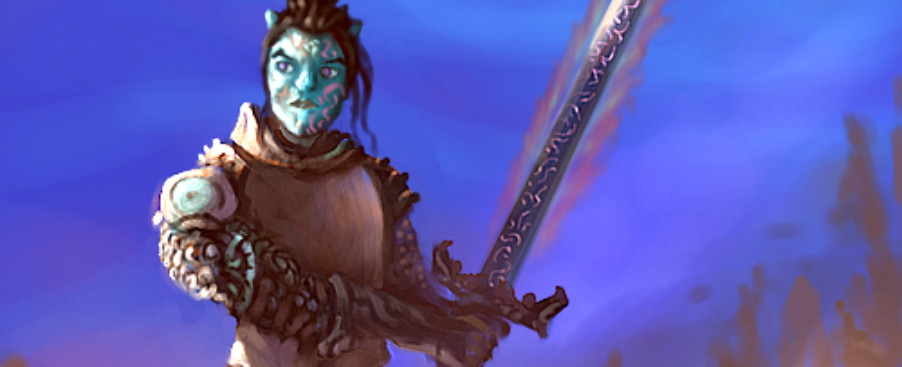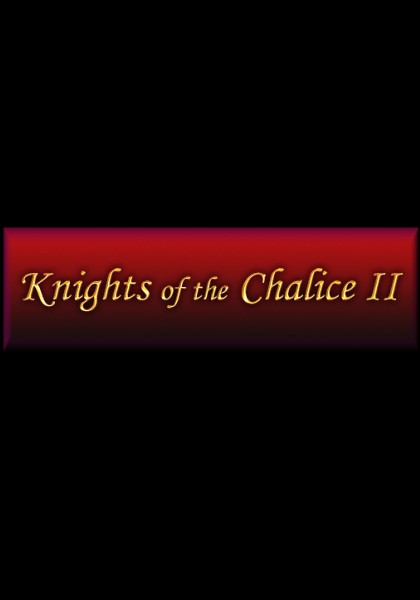Knights of the Chalice 2 Review
-
Category: ReviewsHits: 15737

Article Index
Introduction
Developed by Pierre Begue's Heroic Fantasy Games, Knights of the Chalice 2 (KotC2) is the long-awaited follow-up to Knights of the Chalice - an old-school CRPG from 2009.
At its core, the original Knights of the Chalice was a fantasy adventure that didn't try to reach for the stars, and only had three playable races and classes. But it more than made up for it with great encounter design, enemy AI, and a combat engine that was pretty faithful to Dungeons & Dragons.
And so, it's no wonder that a bigger and better sequel for that game was successfully funded through Kickstarter. And now that KotC2 is available for purchase, let's see if it can live up to its impressive predecessor.
Knights of the Chalice Who?
Much like the previous game, KotC2 is based on the Open Game License (OGL) version of Dungeons & Dragons 3.5 Edition, which I personally consider to be the pinnacle of D&D.
And while OGL itself is fairly limited in what it covers, it allows those using it to alter that basic ruleset. So, thanks to its crowdfunding campaign, KotC2 now features a total of 10 playable races and 22 classes. Some of those classes are your usual Fighters and Wizards, but a lot of them are quite unique and out-there, which sort of counterbalances the lack of multiclassing in the game.
On the martial side of things, you have classes like Gladiators and Death Knights. Spellcasters have Bishops and Warlocks. A number of classes are based around Psionics. And even some of the familiar classes can surprise you with new functionality.
Wizards, for example, seem to be inspired by Dragonlance and have several Moons affecting their powers. Rogues exist as the spell-casting variant. Bards get their own unique songs and song-like spells. And Sorcerers, instead of just being lazy Wizards, are positioned as a hybrid between a Wizard and a Cleric.
And this brings us to another important point - a lot of the stuff you think you know about D&D works slightly differently in KotC2.
All spellcasters learn several new spells per level here, and then can further expand their spellbooks by copying spell scrolls. But then, they don't need to further prepare those spells, and can simply cast a set number of spells of each level per day. The one big exception here are the Psionic classes where instead of spell slots you have one big pool of power points.
Attributes can also surprise you with how they work, especially with some of the hybrid classes where you can have a situation where a class needs Intelligence to cast arcane spells, Wisdom to cast divine spells, and Charisma to determine how many bonus spells of each type they get.
And when it comes to Skills, KotC2 doesn't use anything resembling your standard D&D skill system. Instead, a character's class, race, attributes, and even Cleric Domains give them access to Skills that can be used in conversations or when interacting with the environment.
In practical terms, this means that having a Kobold or a Halfling on your team will allow you to explore some tight passages, while a Half-Giant or anyone with over 20 Strength will be able to lift heavy objects and bust down doors.
All these changes, plus just the sheer scope of the options you have, can feel overwhelming, but in a good way. On the one hand, it's a familiar system, that is if you're familiar with D&D. But on the other, thanks to all the changes, everything is fresh and exciting. And with your party consisting of up to eight characters, you can spend quite a lot of time building your perfect team.


